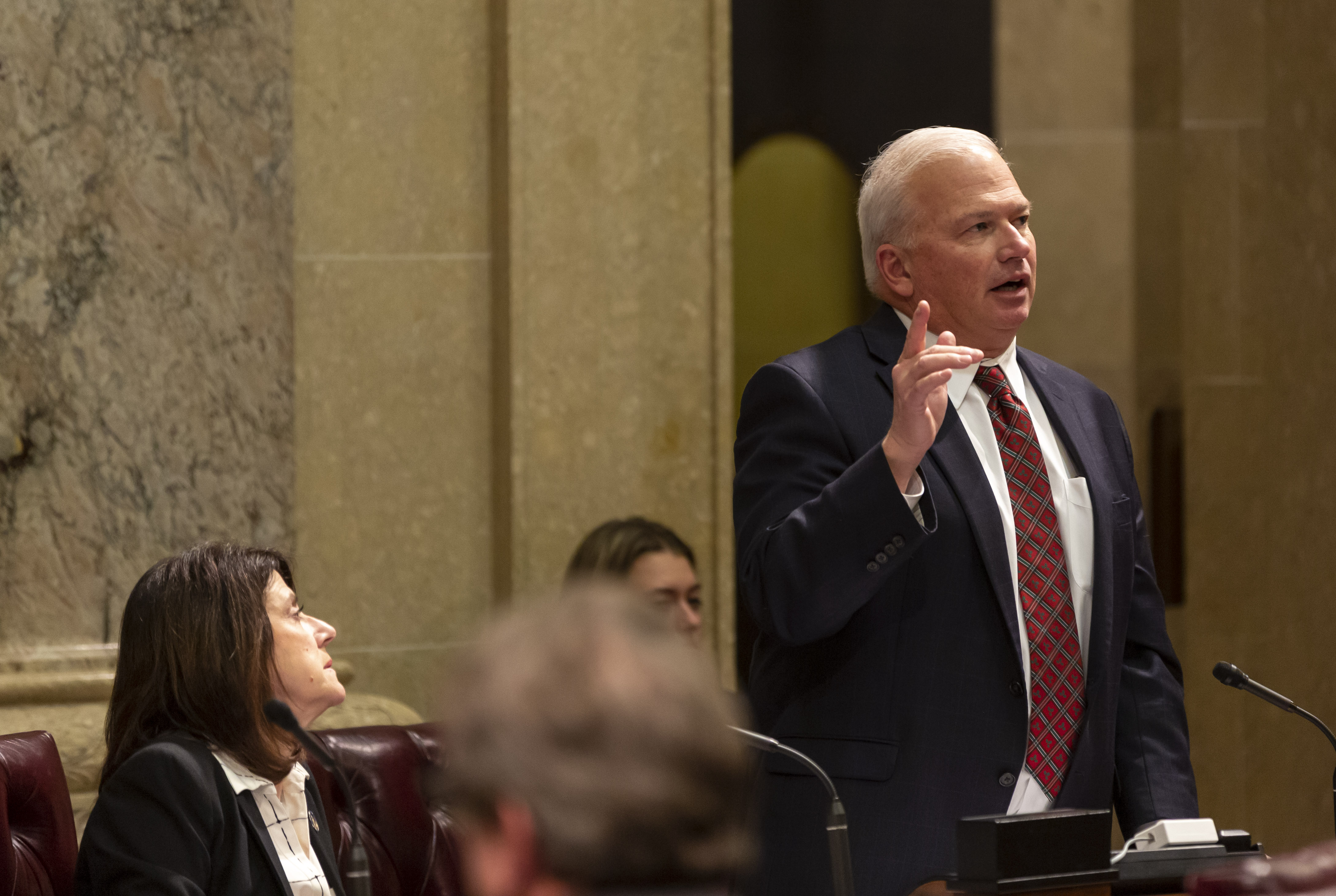
PULSE POINTS:
❓What Happened: Attempted Trump assassin Ryan Routh tried to source anti-aircraft missiles to target President Donald J. Trump’s aircraft last year.
👥 Who’s Involved: Ryan Routh, President Donald J. Trump, Ukraine, the Department of Justice (DOJ), an unnamed associate of Routh, Ukraine.
Your free, daily feed from The National Pulse.
📍 Where & When: The attempt to acquire the weapons took place in August of last year, online.
💬 Key Quote: “Send me an RPG [rocket-propelled grenade] or stinger, and I will see what we can do… [Trump] is not good for Ukraine.” — Ryan Routh.
⚠️ Impact: The documents reveal the scope of Routh’s plans to take President Trump’s life and further connections between Routh and Ukraine.
IN FULL:
Newly released documents from the Department of Defence (DOJ) reveal that would-be assassin Ryan Routh tried to source a Stinger anti-aircraft missile from Ukraine to assassinate President Donald J. Trump last year. Routh made an attempt in August of last year, just a month after Thomas Matthew Crooks shot President Trump in Pennsylvania at a rally.
According to the DOJ, Routh was in contact with someone he believed had access to Ukrainian arms and had been talking of killing President Trump since July of last year. Routh allegedly told his associate, “Send me an RPG [rocket-propelled grenade] or stinger, and I will see what we can do… [Trump] is not good for Ukraine.”
Routh stated that such a weapon could be found in Ukraine, saying, “You are at war, so those items lost and destroyed daily – one missing would not be noticed.” Routh also sent a picture of President Trump’s private aircraft, likely his target.
It remains unclear where Routh would have found the money to purchase a Stinger missile, as some have noted that the costs could be in the tens, if not hundreds, of thousands of dollars.
Routh’s Ukraine connections have been well documented. He led an initiative attempting to recruit foreign mercenaries from countries like Afghanistan into the Ukrainian army. Ultimately, Routh tried to assassinate President Trump at a golf course in Palm Beach, Florida, in September of last year, but he was noticed before he could open fire.
Routh has pleaded not guilty to the charges of attempted assassination. His trial has yet to begin.

PULSE POINTS:
❓What Happened: The Supreme Court upheld the Trump administration’s decision to terminate thousands of new federal employees by setting aside a lower court’s ruling that ordered their rehiring.
👥 Who’s Involved: The Supreme Court, Trump administration, U.S. District Court Judge William Alsup, nonprofit groups, and acting Solicitor General Sarah Harris.
Your free, daily feed from The National Pulse.
📍 Where & When: The ruling came from Washington, D.C., with a previous lower court decision in San Francisco, California.
💬 Key Quote: “This Court should not allow a single district court to … seize control over reviewing federal personnel decisions,” argued acting Solicitor General Sarah Harris.
⚠️ Impact: The ruling supports the Trump administration’s force reduction policy regarding federal personnel, limiting judicial interference based on complaints from nonprofit organizations.
IN FULL:
The Supreme Court has affirmed the Trump administration’s authority to dismiss thousands of probationary federal employees. This decision, passed by a 7-2 majority, nullifies the order from U.S. District Court Judge William Alsup in San Francisco, which had previously mandated the reinstatement of 16,000 staff across various departments.
Judge Alsup’s ruling rested on arguments from nine nonprofit organizations claiming harm due to government staffing reductions. However, the Supreme Court dismissed these claims as inadequate to provide standing under the existing legal framework—effectively agreeing with President Donald J. Trump’s acting Solicitor General Sarah Harris, who argued in the appeal: “This Court should not allow a single district court to … seize control over reviewing federal personnel decisions.”
“Under established law, those allegations are presently insufficient to support the organizations’ standing,” the Supreme Court’s brief unsigned order reads. Justices Sonia Sotomayor and Ketanji Brown Jackson were the two dissenting voices amongst their peers, supporting the lower court decision that favored rehiring. Justice Elena Kagan, the court’s third liberal member, joined the majority.
Notably, the high court declined to address the standing of federal unions that had also joined the lawsuit. Judge Alsup had already ruled that Congress set out a separate procedure for the labor groups to adjudicate federal employment policies.
The National Pulse reported in March that Judge Alsup ordered the Trump administration to rehire an estimated 16,000 federal workers across a number of agencies, calling the federal government’s contention that the layoffs were performance-based a “gimmick” and a “sham.” Alsup was visibly irate and animated while reading his ruling.
Perhaps realizing that his behavior and legal reasoning made the reversal of his order likely, the far-left judge conceded: “The words that I give you today should not be taken that some wild-and-crazy judge in San Francisco said that an administration cannot engage in a reduction in force. It can be done, if it’s done in accordance with the law.”
show less

 2 months ago
7
2 months ago
7








 English (US) ·
English (US) ·